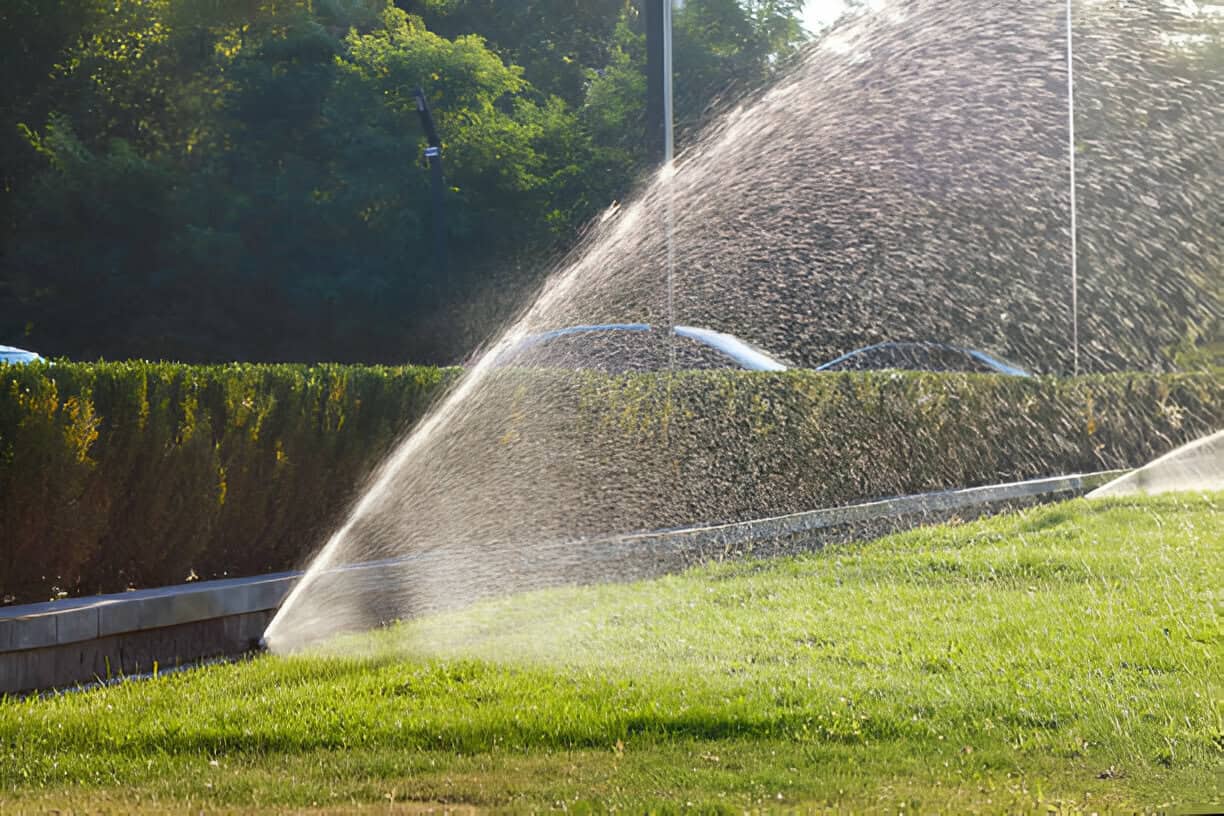Lawn grubs are the immature form of certain beetles, such as Japanese beetles or June bugs, which are very common in the Little Rock area. These small, white insect larvae have soft bodies with legs near the head. Unfortunately, their meal of choice is grass roots and organic matter in the soil, which causes the grass in your lawn to die. A few grubs here and there in your lawn are no cause for alarm, but if you find 10 or more in about a one-square-foot area, or you start seeing brown patches, you might have trouble.

While the grubs start eating grass roots in summer, grub feeding maxes out in early fall, so now is the time to act to keep your lawn healthy and pristine.
How Do I Know if my Lawn Has Grubs?
These tips from the folks at Bayer Advanced can clue you in to whether or not you have a grub infestation:
- As your lawn greens up in spring, keep an eye out for brown patches that never turn green. Those dead patches may be due to grub feeding that occurred the previous fall. To check, lift a piece of your turf. If grubs are the culprit, the dead patch will roll up like a carpet, or you’ll be able to pull up the grass and see that it has no roots.
- Irregularly shaped dead patches appear in your well-irrigated lawn in late summer
or early fall. Check your turf using the technique just mentioned.
- Birds, skunks, armadillos, raccoons or moles are tearing up your lawn – they eat grubs and are trying to uncover them. These animals also dig and eat earthworms, so confirm grubs are present before pursuing any treatment.
- Your turf has become spongy. Sometimes you can detect sponginess before extensive brown patches appear. With well-watered lawns, sponginess may be the first clue that grubs are present.
Treating your Lawn
Immature grubs are most susceptible to pesticides while young, so you should apply pesticides while newly hatched grubs are feeding in mid- to late summer and early fall. If you want to do it yourself, the University of Arkansas Division of Agriculture Cooperative Exchange Service offers several good recommendations to help ensure you eliminate these pests. If you don’t want the hassle, let the pros at Little Rock Lawns handle it, and keep your Little Rock lawn looking great.
If you are looking for the most efficient way to restore your grass to full health, then it’s time to rely on Little Rock Lawn’s 17 years of experience. Contact us now for a free lawn consultation!


 or early fall. Check your turf using the technique just mentioned.
or early fall. Check your turf using the technique just mentioned.





